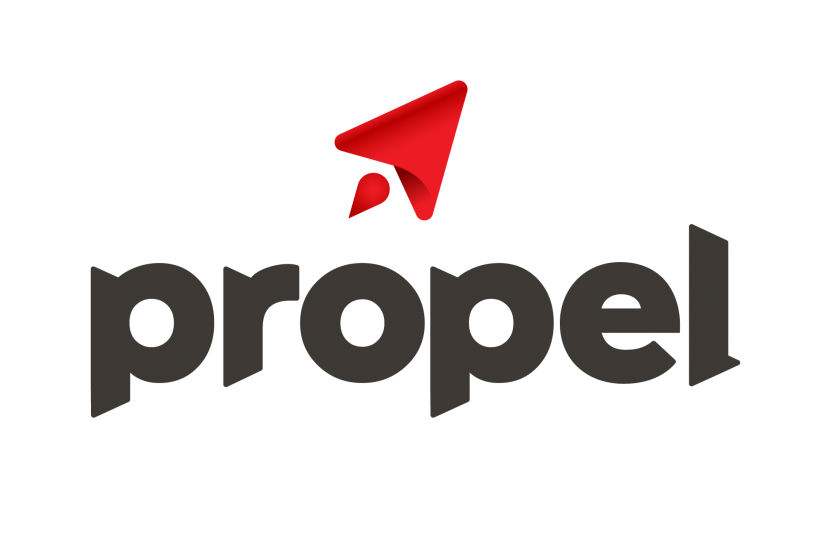After realizing that most aboriginal clothing lines originate on the west coast, Patricia Barlow-Arcaro has launched EarthWalk Apparel to celebrate east coast Mi’kmaq culture.
Based in the designer’s Fredericton home, the EarthWalk Apparel line offers aboriginal contemporary clothing that incorporates traditional native symbols, colours and designs.
“There doesn’t seem to be a lot of east coast aboriginal contemporary clothing. Most clothing reflects west coast tribes and their cultures,” said the 24-year-old from Indian Island First Nation.
She said that east coast design typically uses repeated geometric patterns. Different eastern tribes have different styles, with the Maliseet, for instance, using more curves and the Mi’kmaq preferring more square shapes.
“We also take inspiration from our sacred medicines, such as sage, cedar, tobacco and sweet grass,” she said.
“Some designs also reflect the style of a particular artist. You can recognize an artist’s work from their style of bead work, quill work or basketry.”
Related: Finding the Soul of Entrepreneurship
The designer started her company ahead of schedule in the summer after taking part in the Summer Institute, an accelerator that asks participants to meld artistic passion with entrepreneurial skills.
Run at the University of New Brunswick in Fredericton, the three-month program helps participants create beautiful products and teaches them how to build a business around them.
Barlow-Arcaro, who is in her first year of a two-year fashion diploma program at the New Brunswick College of Craft and Design, joined the institute on the advice of a professor.
She found it gave her the confidence and knowledge she needed to get her business going. So she made a start, even though she still has to graduate from her fashion course.
“There are no words to describe how helpful the Summer Institute was. I hadn’t planned to start my business until I graduated, but the course and the support of mentors accelerated my progress.”
So far, the EarthWalk Apparel line is confined to hoodies, tees and tanks. The designer makes the hoodies from scratch at home. The tees and tanks begin as plain pieces that she purchases and then decorates with her designs.
“I need a special sewing machine to make my tees and tanks from scratch. I am working toward getting that machine, and I’m still improving my sewing skills.”
The designer grew up sewing thanks to the influence of her mom, Anne Barlow, a talented seamstress.
Barlow-Arcaro also took sewing at school, but she didn’t fall in love with the craft until she’d graduated from high school and was working as a receptionist. Seeing sewing as a potential hobby, she decided to make a hoodie with Mi’kmaq features.
“My mom helped me draft the pattern. Then I went to the store and chose the fabric. It made a world of difference to have the creative control.
“I felt a great sense of accomplishment in crafting the hoodie with my own hands. I realized this is what I want to do.”
Now that she is back at the college, she finds herself having to juggle her studies with her fledgling business. She does not expect that balancing act to be easy but said she intends to expand her clothing line, make sales and continue with her studies.
“I may try to look for funding for my business. I don’t want to pause the business now the interest is there, but I also want to get through these two years of school. I will sell clothing from my site and at powwows.”
She said she is committed to building her business in New Brunswick and to getting her designs across Canada.
“I aim to give pride to Atlantic aboriginal people and provide awareness for non-native people.”










